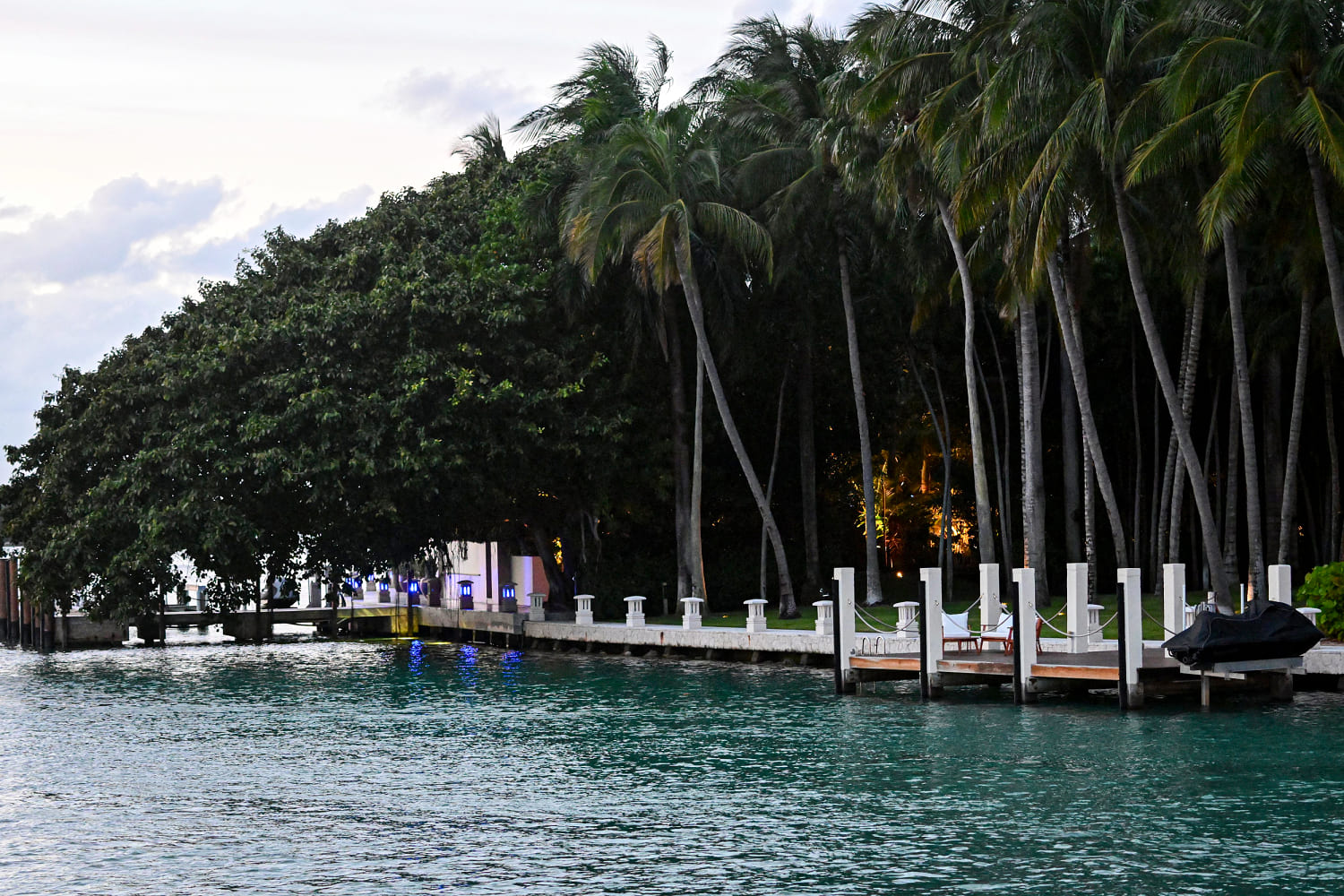BALTIMORE — A massive salvaging effort is underway to reopen the Port of Baltimore after the deadly collapse of the Francis Scott Key Bridge.
The Navy has mobilized a 1,000-ton lift capacity derrick barge, a 400-ton lift-capacity revolving crane barge and a 160-ton revolving crane to help lift debris from the water, a huge undertaking in the works.
Officials say the section of the bridge trapping the cargo ship dolly weighs between 3,000 and 4,000 tons, so before the Army Corps of Engineers can start moving anything off the water, they’re going to have to cut the debris into smaller pieces.
When will the Port of Baltimore reopen?
All vessel traffic in and out of the port was suspended in the wake of the collapse, but it has remained open for trucks. It isn’t clear yet how long it will take to clear the 700-foot span of the channel of thousands of tons of debris.
The Baltimore district of the corps activated its Emergency Operations Center, which clears the way for more than 1,100 engineering, construction, contracting and operations specialists to provide support to local, state and federal agencies.
/ Getty Images
CBS News correspondent Kris Van Cleave reports everything needs to be cleared from the bottom of the channel — 50 feet below the surface — because there is only 12 to 18 inches of clearance between the bottom of the channel and the hull of a cargo ship loaded down with containers.
“There is a lot of speculation as to when the channel will be reopened,” the Port said in a statement Friday. “The fact of the matter is we do not know. Please understand that we are working minute-by-minute with our federal, state and local partners to make that happen as quickly as possible.
The port is the ninth-busiest in the United States, according to Census data, and handled more than $80 billion in import and exports last year, the most in 20 years. It is also home to Royal Caribbean, Carnival and Norwegian cruise lines.
Directly, the port supports 15,300 jobs, while another 140,000 in the area are related to port activities. The jobs provide a combined $3.3 billion in personal income, according to a CBS News report.
“The most urgent priority is to open the Port of Baltimore because it is essential to the livelihood of people here in Baltimore, in Maryland, and the economies across our country and around the world,” U.S. Senator Chris Van Hollen said in a news conference Wednesday.
Maryland lawmakers are drafting emergency legislation for income replacement to assist thousands of Port of Baltimore workers impacted by the disruption.
Four remain missing, presumed dead
Eight people, part of a construction crew filling potholes, were on the bridge at the time of the collapse. Two were rescued, two bodies have been recovered, and four remain missing.
So far, four of the victims have been identified:
- Maynor Yassir Suazo Sandoval, 35, originally from Honduras
- Miguel Luna, originally from El Salvador
- Dorlian Castillo Cabrera, 26, originally from Guatemala
- Jose Mynor Lopez, 35, originally from Guatemala
The bodies of Cabrera and Fuente were recovered from a submerged pickup truck. The search for bodies was paused Wednesday because divers can no longer operate around the mangled bridge debris that has encased submerged vehicles, officials said.
Federal support incoming
Maryland is receiving an initial $60 million in emergency funding from the federal government as the state works to clear the debris. The state sent a letter of request for relief to pay for mobilization, operations and debris recovery.
President Joe Biden said on Wednesday that he intends to push the federal government to pay for the entire reconstruction of the bridge, and pledged to work with Maryland leaders to provide as much support as possible.
“It is my intention that the federal government will pay for the entire cost of reconstructing that bridge, and I expect the Congress to support my effort,” Biden said earlier, adding that he plans to visit Baltimore as soon as he can.
The $60 million estimate made by the state of Maryland for initial expenses is, at most, just 10% of the estimated cost for response to the disaster, CBS News learned following a Maryland Congressional delegation meeting.
The Maryland delegation talked about likely costs exceeding $1 billion and a “need for an emergency supplemental” aid package from Congress.


